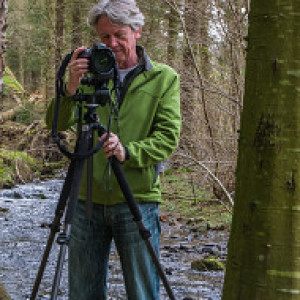Meanest 'n Baddest
On our way north to Lake Tahoe, we diverted along a dust road to visit the ghost town of Bodie, east of the Sierra Nevada. Preserved in a state of managed dereliction, Bodie is a remarkable relic of California's roots in the Gold Rush, and now a State Park attracting 200,000 visits each year.
Gold was first found there in small amounts in 1859, but it was the discovery of larger deposits in 1876 that caused the town to boom from nothing. By 1879, it had some 7,000 residents, living at 8,400 feet above sea level in a place notorious for its freezing winters, arid summers and howling winds. With barely a tree to shelter it or provide firewood for heat, all its timber for construction and fuel had to be brought in, Bodie is a real testimony to the fever of the Gold Rush.
Gold was found in large quantities, but by 1882, the main deposits were exhausted and prospectors departed for other promises of riches elsewhere in California and Nevada. During its boom years, Bodie boasted a main street a mile long, no less than 65 saloons, and its own Chinatown. Its reputation for violence and lawlessness was second to none, with shootouts a regular occurence. At burials, apparently the church bell rang out the age of the deceased as they were carried to the town cemetery. Some, such as the many imported prostitutes brought in to satisfy the miners' needs, were buried outside the offical cemetery walls.
Today, you walk the haunted streets and backyards, littered with the detritus of a town that finally died in 1942 when the US Government outlawed all undesignated gold mining at the outbreak of war. Because the climate is so dry, the buildings and the wrecked cars survive in remarkable condition. Bodie is a monument to enterprise.

Comments
Sign in or get an account to comment.


